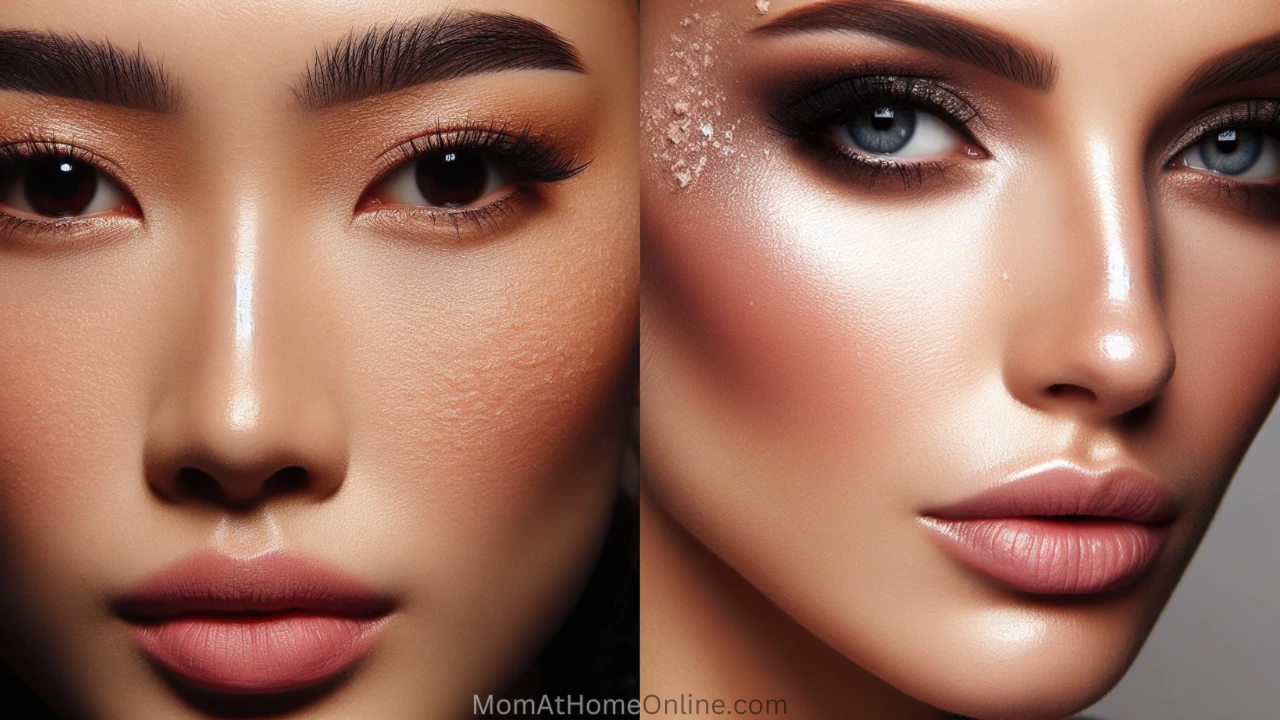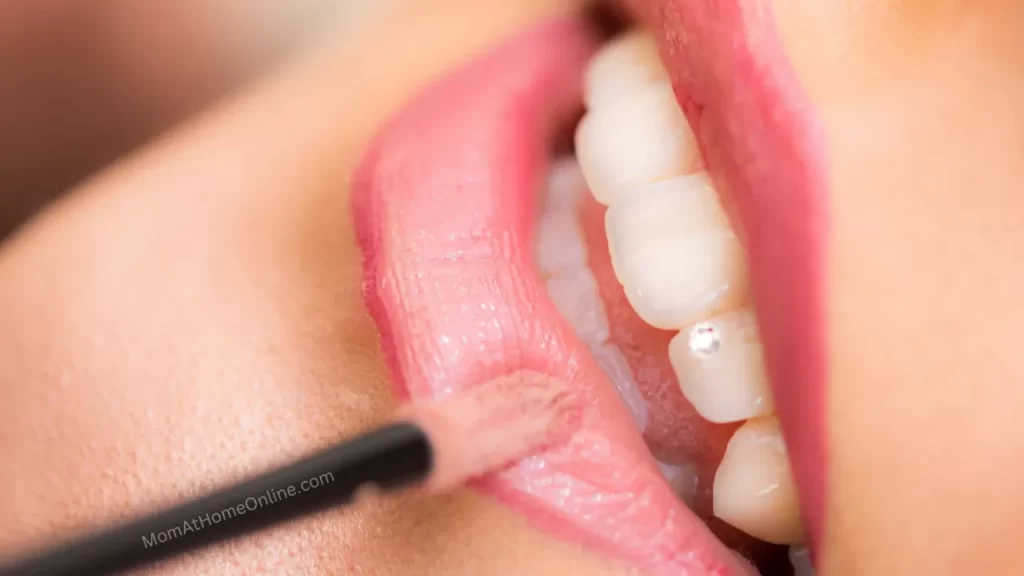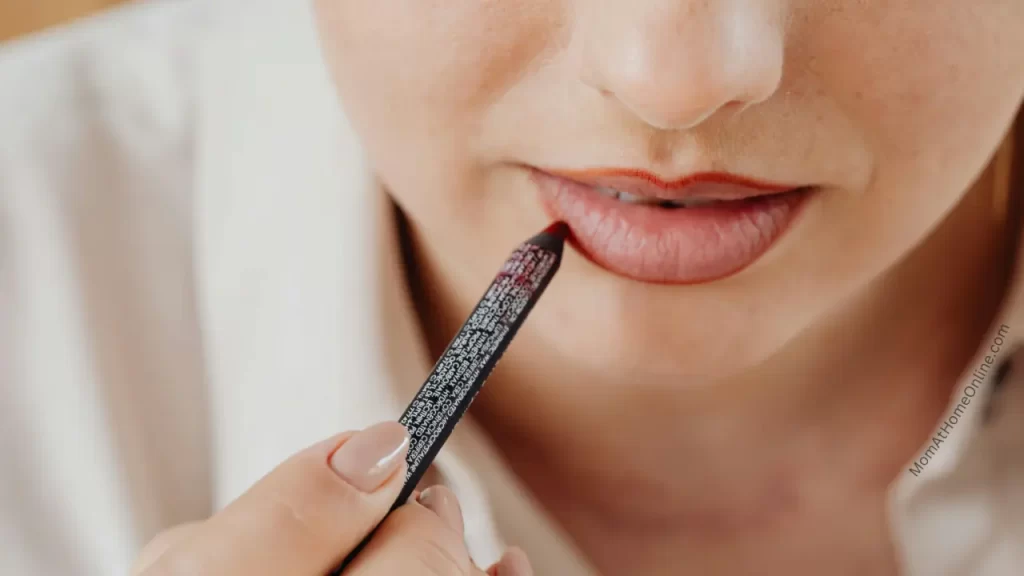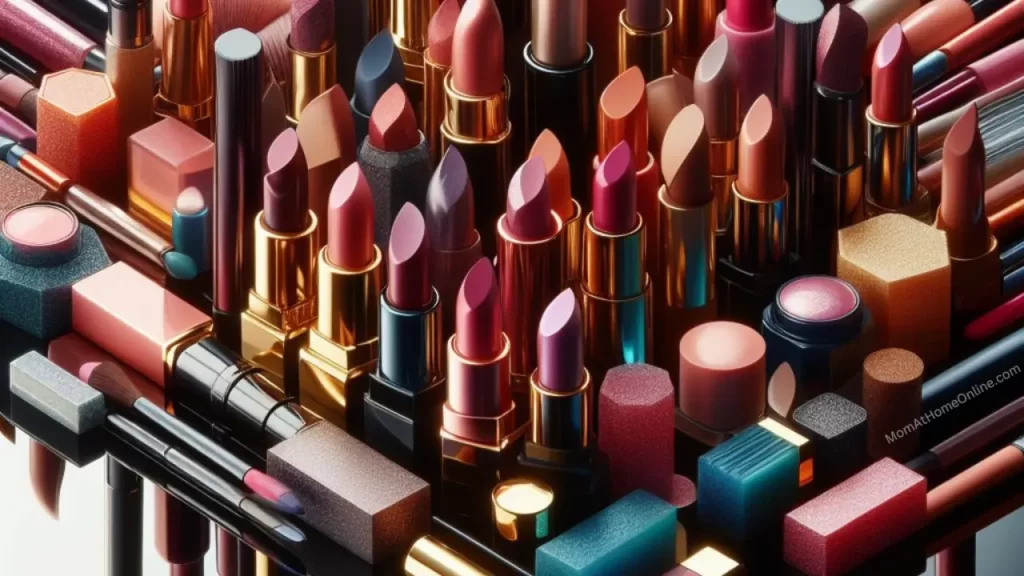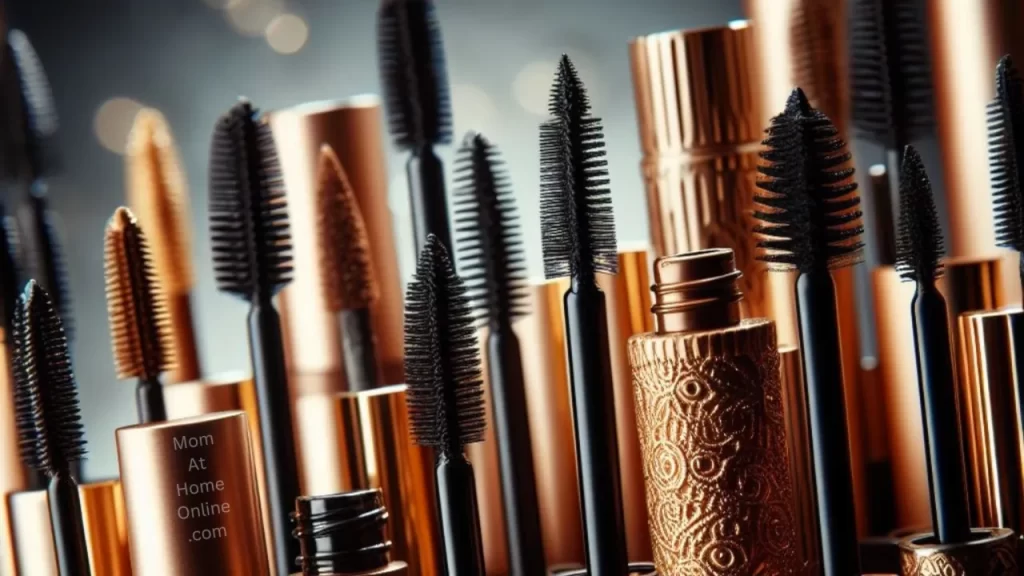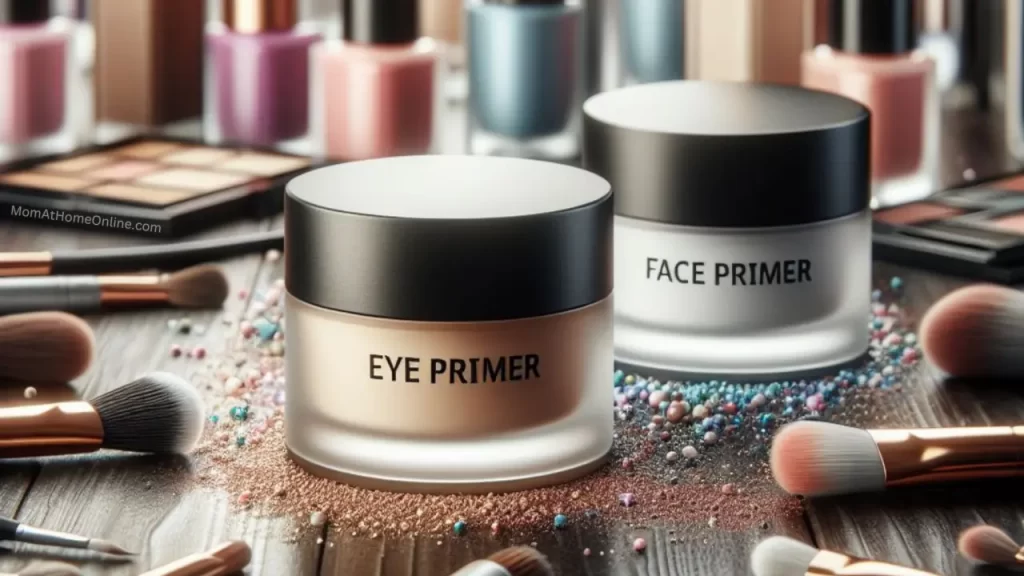Introduction
Have you ever looked in the mirror and wondered why your makeup looks like a thick layer of frosting on your face? You know, when your foundation is patchy, your concealer is creasing, and your powder is clumping? That’s what we call cakey makeup, and it’s not a good look for anyone.
Cakey makeup is a common problem for many people, especially those with oily or dry skin. It can ruin your whole makeup look and make you feel less confident. But don’t worry, there are ways to prevent and fix cakey makeup, and I’m here to share them with you.
In this article, I’ll explain what causes cakey makeup, how to avoid it, and how to fix it if it happens. I’ll also answer some frequently asked questions about cakey makeup and give you some tips on how to achieve a flawless makeup look every time. Let’s get started!
What Causes Cakey Makeup?
Cakey makeup can be caused by several factors, such as:
1 – Using Too Much Product
One of the main reasons for cakey makeup is applying too much product to your face. This can make your makeup look heavy and unnatural, and also clog your pores and cause breakouts. Also, it increases the chances of oxidation. A little goes a long way when it comes to makeup, so use only as much as you need to cover your imperfections and even out your skin tone.
2 – Not Moisturizing Properly
Another reason for cakey makeup is not moisturizing your skin properly before applying makeup. Moisturizer helps to hydrate your skin and create a smooth base for your makeup. If your skin is dry or dehydrated, your makeup will cling to the dry patches and flake off. On the other hand, if your skin is too oily, your makeup will slide off and look greasy. So make sure to use a moisturizer that suits your skin type and let it absorb for a few minutes before applying makeup.
3 – Not Blending Well
Blending is key to achieving a seamless makeup look. If you don’t blend your foundation, concealer, powder, blush, bronzer, etc., well enough, you’ll end up with harsh lines and uneven patches on your face. Use a damp sponge or a fluffy brush to blend your makeup in circular motions until there are no visible edges or streaks.
4 – Using the Wrong Products or Tools
Sometimes, cakey makeup can be the result of using the wrong products or tools for your skin type or preference. For example, if you have oily skin, using a dewy foundation or a cream blush can make your face look shiny and cakey. Or if you have dry skin, using a matte foundation or a powder blush can make your face look dull and flaky. Similarly, using dirty or low-quality brushes or sponges can cause bacteria buildup and uneven application. So choose the products and tools that work best for you and clean them regularly.
5 – Skipping the Primer Step
Primer is the unsung hero of the Makeup Kit. It’s the backstage crew ensuring the show goes off without a hitch. Skipping primer is like building a house on quicksand – it’s a recipe for disaster. It’s your makeup’s velvety-smooth base, helping it adhere flawlessly to your skin. Don’t underestimate the power of primer; it’s the unsung hero your makeup routine deserves.
6 – Harsh Weather Conditions
Extreme weather can be like a mischievous sidekick to your makeup. In the heat and humidity, makeup can melt like an ice cream cone on a summer day. When it’s cold and dry, your face might start flaking like a croissant. So, be ready to change your makeup game according to what the weather throws at you.
7 – Use of a Messy Makeup Brush or Sponge
An unclean makeup brush or sponge can trap old makeup and oils, resulting in a cakey texture. To avoid a cakey makeup look, clean your cosmetic tools on a regular basis.
8 – Not Setting Your Makeup
Setting your makeup is important to make it last longer and prevent it from creasing or smudging. You can use a setting powder or a setting spray to lock in your makeup and give it a smooth finish. Setting powder helps to mattify your face and absorb excess oil while setting spray helps to hydrate your face and add some glow. You can also use both for extra staying power.
How to Prevent Cakey Makeup?
Now that you know what causes cakey makeup, let’s see how you can prevent it from happening in the first place. Here are some tips to follow:
1 – Prep Your Skin
Before applying any makeup, make sure to cleanse, tone, and moisturize your skin well. This will remove any dirt, oil, or dead skin cells from your face and create a smooth canvas for your makeup.
2 – Primer Power
You should also use a makeup primer to fill in any pores or fine lines and make your makeup glide on easier. A Makeup Primer Guide can help you to know anything and everything about it.
3 – Choose the Right Products
As we mentioned earlier, choosing the right products for your skin type and preference is crucial to avoid cakey makeup. For example, if you have oily skin, opt for oil-free or matte products that won’t clog your pores or make you look shiny. If you have dry skin, opt for hydrating or dewy products that won’t dry out your skin or make you look flaky. You can also mix and match different products to achieve the desired effect, such as using a matte foundation and a dewy setting spray, or vice versa.
4 – Apply Thin Layers
Another tip to prevent cakey makeup is to apply thin layers of product on your face, rather than one thick layer. This will help you avoid overloading your face with products and make your makeup look more natural and breathable. You can always build up the coverage if you need more, but start with less and see how it looks.
5 – Blend Thoroughly
Blending is the most important step to prevent cakey makeup. No matter what product you use, make sure to blend it well into your skin until there are no harsh lines or uneven patches. Use a damp sponge or a fluffy brush to blend your makeup in circular motions, and don’t forget to blend your neck and ears as well.
6 – Set your Makeup
Finally, don’t forget to set your makeup with a setting powder or a setting spray, or both. This will extend the life of your makeup and keep it from creasing or smearing. Setting powder helps to mattify your face and absorb excess oil while setting spray helps to hydrate your face and add some glow. You can also use both for extra staying power.
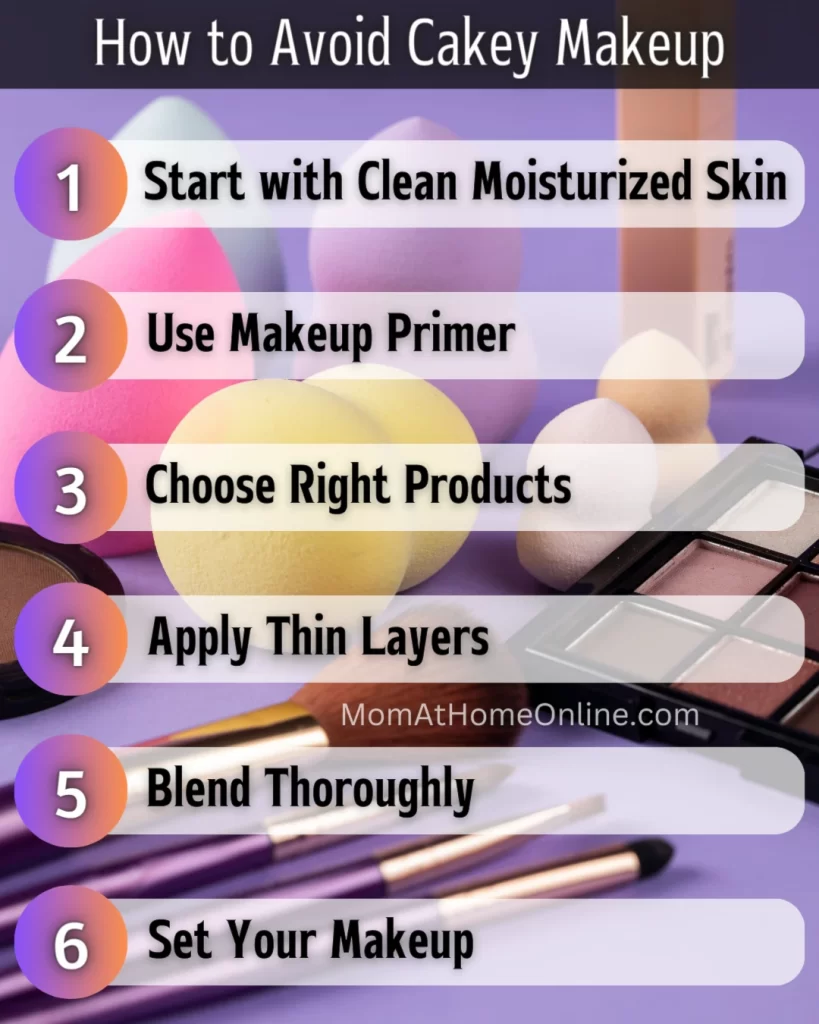
How to Fix Cakey Makeup?
Sometimes, despite following all the tips above, you might still end up with cakey makeup. Maybe you applied too much product by mistake, or maybe the weather changed and made your makeup melt or dry out. Whatever the reason, don’t panic, there are ways to fix cakey makeup without starting over. Here are some tricks to try:
1 – Use a Damp Sponge
One of the easiest ways to fix cakey makeup is to use a damp sponge to press and roll over the areas where your makeup looks cakey. This will help to remove any excess product and smooth out any clumps or flakes. You can also spray some facial mist on the sponge for extra hydration and glow.
2 – Use a Facial Mist
Another way to fix cakey makeup is to use a facial mist to refresh and revive your face. Facial mist helps to hydrate your skin and make your makeup look more dewy and natural. You can spray some facial mist on your face and then use a sponge or a brush to blend it in.
3 – Use Blotting Paper
If your face looks cakey because of too much oil or sweat, you can use blotting paper to absorb the excess shine and make your face look matte and smooth. The blotting paper helps to remove any oil or sweat without disturbing your makeup or making it look patchy. You can also use some translucent powder on top of the blotting paper for extra oil control.
4 – Use Concealer
If you have any areas where your makeup has faded or rubbed off, you can use concealer to touch up and restore the coverage. Concealer helps to cover any imperfections or discolorations on your face and make it look more even and flawless. You can use a small amount of concealer on the areas where you need it and then blend it well with a sponge or a brush.
Conclusion
Cakey makeup is a common problem that can ruin your whole makeup look and make you feel less confident. But don’t worry, there are ways to prevent and fix cakey makeup, and we hope this article has helped you learn them.
To recap, these are the key factors to keep in mind:
- Cakey makeup can be caused by several factors, such as using too much product, not moisturizing properly, not blending well, using the wrong products or tools, or not setting your makeup.
- To prevent cakey makeup, you should prep your skin well before applying any makeup, choose the right products for your skin type and preference, apply thin layers of product on your face, blend everything well, and set your makeup with a setting powder or a setting spray.
- To fix cakey makeup, you can use a damp sponge to press and roll over the areas where your makeup looks cakey, use a facial mist to refresh and revive your face, use blotting paper to absorb any excess oil or sweat, or use concealer to touch up any areas where your makeup has faded or rubbed off.
Frequently Asked Questions (FAQs)
Is cakey makeup a common problem for everyone?
Cakey makeup can be a common issue, but its severity can vary from person to person. Factors like skin type, makeup products, and application techniques play a significant role.
Can I use the same makeup products all year round, or should I switch them with the seasons?
Adapting your makeup to the changing seasons is a wise move. Different weather conditions can affect how your makeup behaves, so tweaking your products can help maintain a flawless look.
Is there a specific order in which I should apply my makeup products to prevent a cakey finish?
Yes, the order of application matters. Generally, you should start with skincare, then use a primer, followed by foundation, concealer, and setting products. This sequence ensures a smooth and long-lasting makeup application.
How do I determine my skin type, and why is it important to prevent cakey makeup?
Understanding your skin type is crucial because it dictates which products work best for you. You may contact a dermatologist or do a simple at-home test to discover your skin type. Knowing your skin type helps you choose the right makeup products that won’t trigger cakey makeup.
Can I make my makeup last longer without using too much product?
Absolutely! Using a setting spray, blotting papers, and following proper application techniques can make your makeup last longer without overloading your face with product.
Question for you
- What’s your go-to makeup product to keep your look fresh and cake-free all day?
Please feel free to share your answer in the comment box below.
Thank you for reading this blog post. I hope you found it informative and useful. I would love to hear your thoughts and opinions on this topic. Please leave a comment below and share your feedback, suggestions, questions, or anything else you want to say. I appreciate your support and engagement.
Author
Co-founder of Mom At Home Online, MBA (HR, Marketing), Blogger, Content Creator, Ex-Representative of Avon Beauty Products, Ex-Private Tutor, Experienced Music Teacher with 2 Diplomas, Trained Yoga Enthusiast, Movie Lover, and Traveler. Read more about us…
Last Modified Date:
